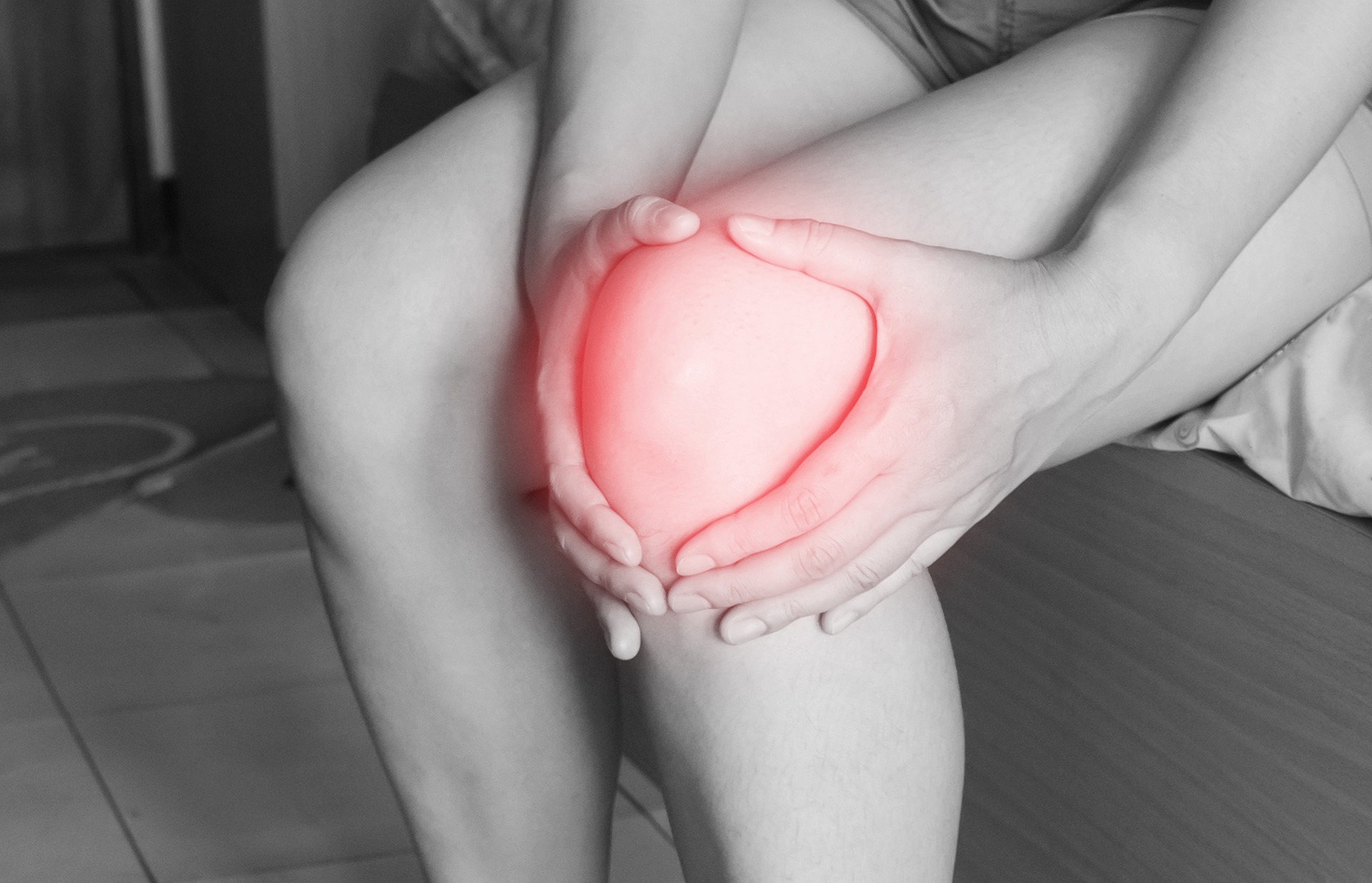There are some things that just seem to be a given as we age. Diminished hearing. Velour track suits. Unfiltered speech. Doggy bags at dinner. And arthritis.
But as prevalent as arthritis is, it doesn’t have to be the all-encompassing, debilitating ailment that many folks make it out to be.
Classic images of arthritis depict sharp bony spurs, obliterated joint spaces, and red, swollen joints. And this is not an inaccurate representation of degenerative arthritis at its worst.
Unfortunately you can’t make yourself bulletproof. After all, repetitive physical strain on bones and joints will inevitably take its toll over a lifetime. But the good news is that you have some control over how far any potential osteoarthritis advances.
Here are 3 simple things you can do today to help minimize the effects of arthritis.
Get Adjusted

Maintaining proper alignment in your spine and other joints is paramount to fending off arthritis.
A misaligned joint is a weak joint. Do you know how your body attempts to strengthen a compromised joint? In addition to tightening up the muscles around it, your body will begin the process of building new bone. This is similar to how it mends fractures. New bone is manufactured to support weakened areas and eventually we start to see the familiar spur formation so classic to arthritis. This is like packing mortar into a buckling block wall in your basement. It becomes a never ending process until you correct the weakness in the wall.
Chiropractic is by no means a cure for arthritis. But restoring a healthy balance to spinal joints lessens the likelihood that you will need to remold an otherwise weak spinal segment.
Clean Up Your Diet

The “itis” in arthritis identifies it as an inflammatory condition. If you’re already living with inflammation, the last thing you want to do is add fuel to the fire by ingesting foods that incite a systemic, whole-body inflammatory response.
So what does that mean for your diet? Generally speaking, cutting inflammation from your diet requires eliminating or restricting 3 big culprits: refined sugars, industrial oils, and excessive grains.
If you’re the average American, your diet tilts heavily toward refined carbs, manufactured fats, and processed oils and comes up dismally short on quality sources of fats and proteins.
By making a few simple changes to your dietary habits you can drastically decrease your systemic inflammation over the long haul. Cutting out packaged sweets and refined carbs is a great start. This means ditching the cookies, toaster pastries, cakes, donuts, etc., and instead opting for fibrous, complex carbs like fresh veggies, sprouts, berries, and fruits. This takes some work and willpower early on, but it gets easier. You’ll soon come to find that a cup of fresh fruit can hold its own as a viable dessert.
Instead of industrial seed oils like sunflower, safflower, canola, corn, and vegetable, opt for healthy saturated fats like coconut oil, avocado oil, olive oil, ghee, and grass fed butter. Processed industrial oils incite an inflammatory response even in small ingested amounts.
Think you need that grain with your meal? You don’t. Grains offer very little nutritional value to your plate, and in fact come packed with anti-nutrients that can trigger inflammation. And the fiber for which they are so highly touted can be more than made up for with a sufficient intake of veggies. If you’re missing pasta, spaghetti squash or noodled zucchini makes a great substitute. And of course, riced cauliflower will fit the bill for any dish that calls for traditional rice.
Keep Moving

The easiest way to combat stiff joints is to keep them mobile.
Think about sitting for hours on a long car trip. Several hours into the trip your back begins to stiffen up. Your legs get tight. If you have poor circulation your feet might even begin to swell. The only relief from your misery comes in the form of the next rest stop, where you can stretch your body, loosen up with a walk, and get your blood pumping through warm muscles and joints.
If you’ve settled into a chronically sedentary lifestyle, you are like a passenger on a never-ending road trip with no rest stop in sight. But there is no need to subject yourself to a lifetime of stiffness and discomfort when relief is so readily available.
At the very least, get into the habit of taking a daily walk. A good set of resistance bands is a great investment that allows you to work your entire body. You might consider enrolling in a yoga or Pilates class to help increase your flexibility and range of motion. Simple body weight workouts require no financial investment and go a long way toward building health.
Just get your body moving on a daily basis. Doing so will help you maintain strong muscles and bones, improve your circulation, work your joints through a more complete range of motion, and strengthen your connective tissue.
Link your movement to regular adjustments and a non-inflammatory diet, and you will be less prone to succumbing to the painful effects of chronic arthritis.



